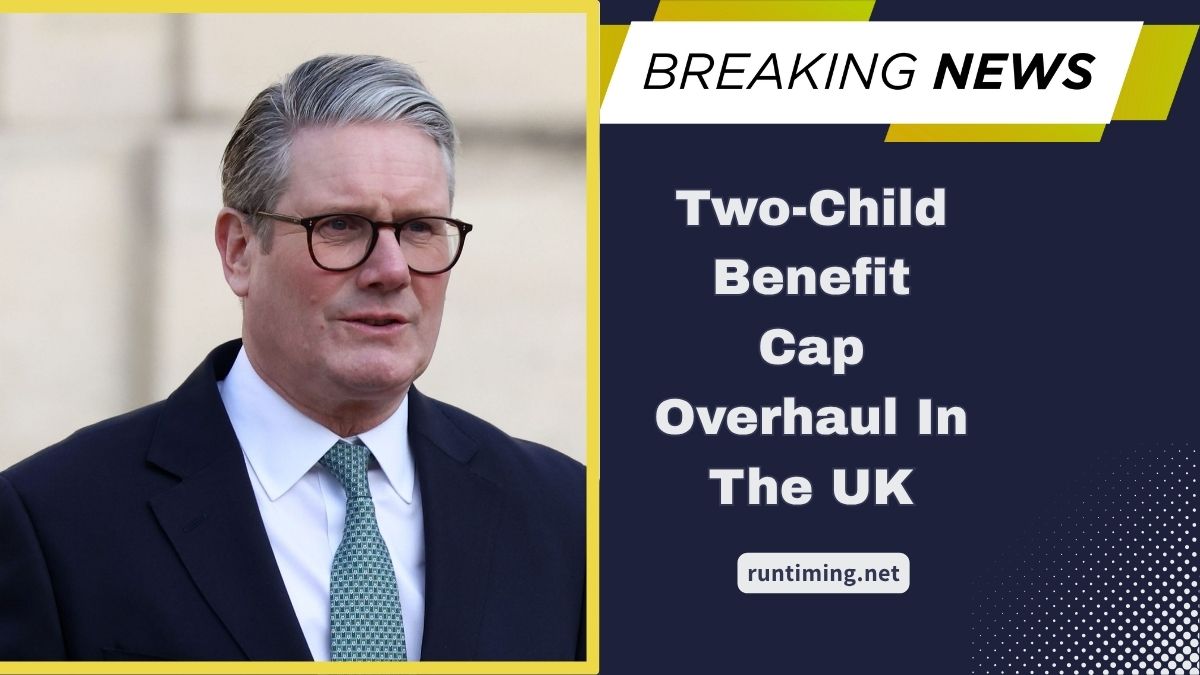The UK’s Two-Child Benefit Cap, introduced in April 2017, has been a topic of national debate. As of 2025, major changes are being proposed, and Scotland is already planning to lift the cap regionally by 2026.
With inflation and cost-of-living challenges affecting millions, families need to understand whether they still qualify for child benefits under the new conditions.
This article outlines the latest updates, who may now be exempt, and how to check your eligibility status.
What Is the Two-Child Benefit Cap?
The Two-Child Limit prevents families from claiming Universal Credit (UC) or Child Tax Credit (CTC) for a third or subsequent child born on or after April 6, 2017.
It applies to:
- UC and CTC claimants
- Families with more than two children (after the cut-off date)
Why Was It Implemented?
The cap was originally introduced to:
- Reduce welfare spending
- Encourage parental responsibility
However, its real-world impact has been more severe:
- 1.6 million children are currently affected.
- 42% of large families live in poverty.
- Families lose up to £3,235 per extra child every year.
Latest Policy Changes in 2025
As of 2025, UK policymakers are actively reviewing reforms to make the benefit system more compassionate and inclusive. Here’s a breakdown of what’s on the table:
| Proposed Change | Description |
|---|---|
| Under-5 Exemption | Families with young children may become eligible regardless of number |
| Disabled Child Exemption | Recognizes higher care costs and needs |
| Working Parent Exemption | Offers relief to low-income working families |
| Raising the Cap to 3 Children | Still under debate, but gaining momentum |
| “Child Benefit Lock” | Ensures benefits rise with inflation or wage increases |
Scotland’s Plan to Scrap the Cap
Starting in 2026, Scotland will mitigate the Two-Child Cap:
- Budget: £250 million annually
- Impact: Estimated 15,000+ children lifted out of poverty
- Method: Direct support for third or subsequent children via Scottish social programs
This regional difference may spark further reform pressures across the UK.
Are You Still Eligible?
Here’s a quick guide to help you determine if you’re affected by or exempt from the cap:
| Status | Impact |
|---|---|
| Third child born before April 6, 2017 | Not affected |
| Only two children | Not affected |
| More than two children born after cut-off | Affected |
| Claiming UC or CTC | Affected |
| Exemptions apply if: | |
| – Multiple births (e.g., twins) | Exempt |
| – Child conceived via rape or coercion | Exempt |
| – Child adopted or in kinship care | Exempt |
Real Case Study
Sarah, a single mother in Manchester, gave birth to her third child in 2019. Due to the cap, she loses £3,235 per year in benefits. Proposed 2025 reforms, especially the under-5 exemption, could restore her support and relieve her financial stress.
How to Apply for an Exemption
If you believe you qualify:
- Check your status via the Turn2Us Benefit Calculator
- Gather evidence: birth/adoption certificates, kinship care letters, etc.
- Apply for exemptions on GOV.UK
- Consult with Citizens Advice or a welfare advisor
The Two-Child Benefit Cap remains a divisive policy, but 2025 signals a potential turning point. With new proposals under review and Scotland breaking away from the cap, families across the UK should stay informed, explore exemptions, and reassess their benefit eligibility.
Whether you’re currently affected or may be in the future, proactive steps can make a difference in securing much-needed financial support.
FAQs
Who is still affected by the Two-Child Benefit Cap in 2025?
Families claiming Universal Credit or Child Tax Credit with three or more children born after April 6, 2017, unless they meet an exemption.
What new exemptions might be introduced?
In 2025, the government is considering exemptions for families with children under five, disabled children, and working parents.
How is Scotland handling the Two-Child Cap?
Scotland plans to offset the cap’s effects starting in 2026, helping families with direct support for third or subsequent children.

